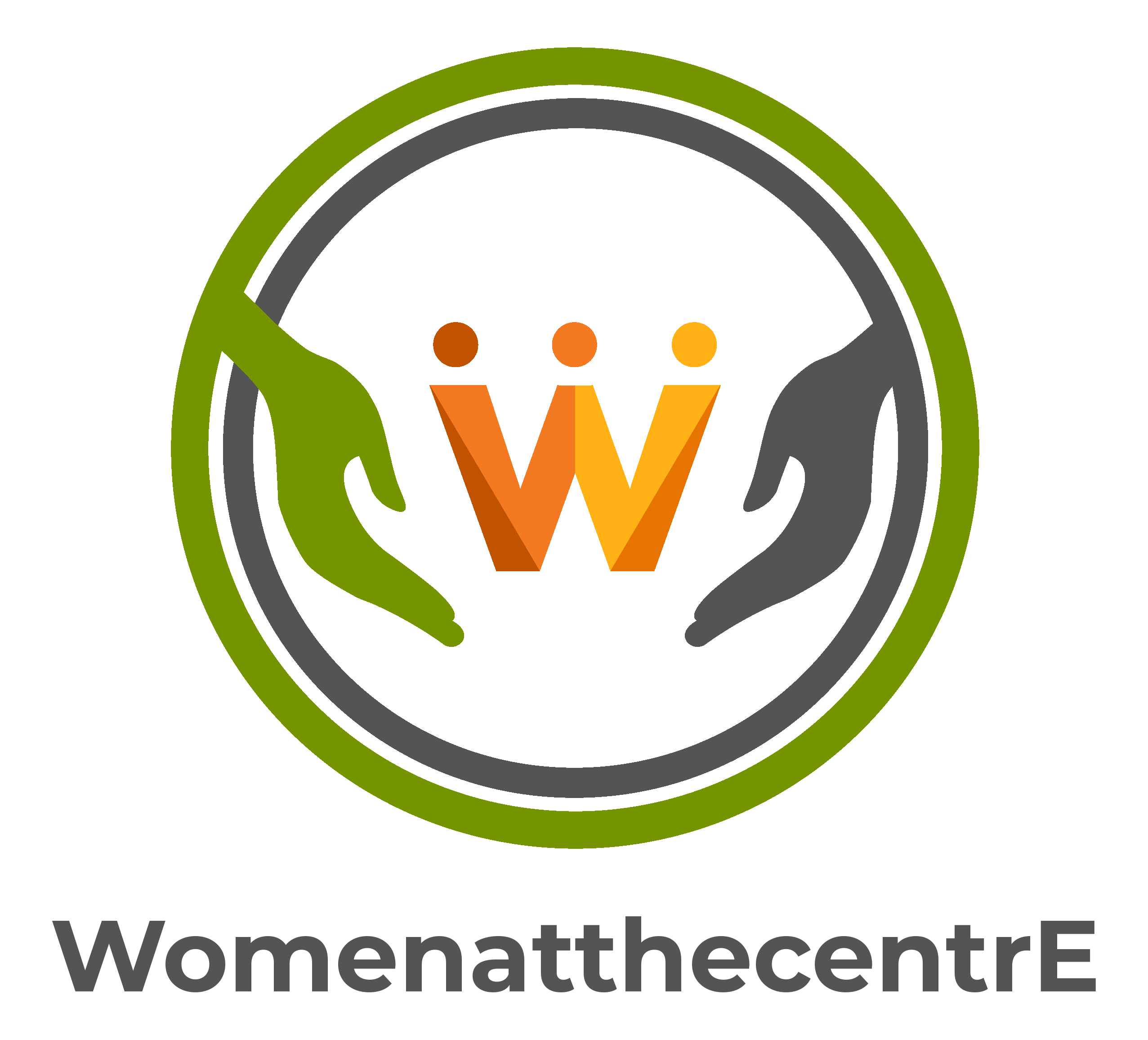
Supports for Networks of Care #
Being part of someone’s Network of Care is a labour of love but can also be hard emotionally. Connecting with others who engage in care work can provide a supportive environment to share challenges, expertise, resources, and strategies, helping to reduce feelings of isolation. Ways to connect with other Networks of Care include:
- Finding support groups: Many groups, both online and in-person communities, are available to support loved ones of those affected by trauma or violence.
- Online networks: Social media forums and groups can connect individuals with shared experiences. Search platforms like Facebook to find these spaces but always prioritize safety when engaging with strangers online. The following guide provides some considerations for engaging safely on social media platforms.
- Community organizations: Organizations often offer support and programming for Networks of Care. Use WomenatthecentrE’s Service Map to find services tailored to Networks of Care.
- Becoming a mentor or peer supporter: Share your lived experience by mentoring or supporting other Networks of Care. Your insights can help those unfamiliar with how to assist survivors navigate this role.
Community Engagement #
Often, as we embark on the journey of supporting survivors, we want to find ways to help other survivors on a larger scale. Below are some actions that Networks of Care can take as accomplices to raise awareness about human trafficking and how to better support survivors.
- Host or participate in community events: Organize or attend workshops, talks, or informational sessions to educate others about human trafficking and ways to support survivors.
- Use social media: Use social media as a tool to raise awareness about human trafficking and share resources.
- Collaborate with the local community: Partner with organizations and local businesses to help recognize trafficking signs and provide support. Engage in town halls, distribute flyers, or have conversations with community members (Survivor Alliance, n.d.).
- Collaborate with community organizations: Build partnerships between organizations, legal systems, healthcare providers, other Networks of Care, and survivors to co-create holistic support strategies. Identify service gaps and develop new programming to ease the burden on Networks of Care.
- Advocate for better laws: Push for laws that protect survivors without criminalizing them or penalizing sex workers. Visit the Canadian Centre to End Human Trafficking for more information.
- Advocate for government funding: Call for funding for community-led programs, survivor support services, Networks of Care, and public awareness campaigns.
- Engage the media: Use media platforms to raise awareness, highlight service gaps, and advocate for better policies and prevention initiatives addressing systemic inequities.
- Share knowledge and resources: Mobilize resources like this toolkit, Safer Planning for Networks of Care, and the Service Map for Networks of Care to create safer communities equipped to support survivors and address trafficking effectively.












